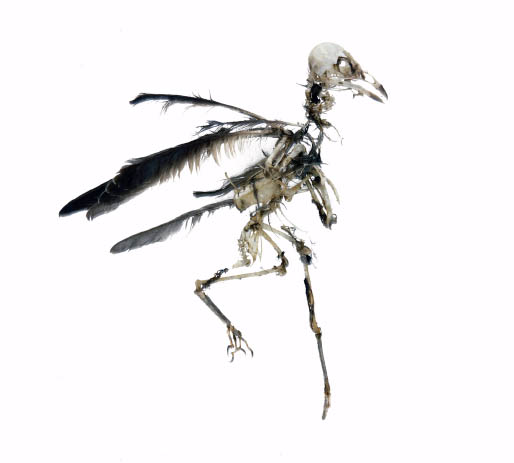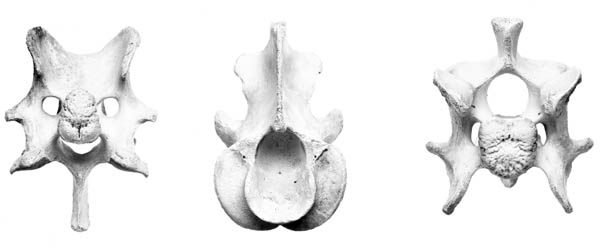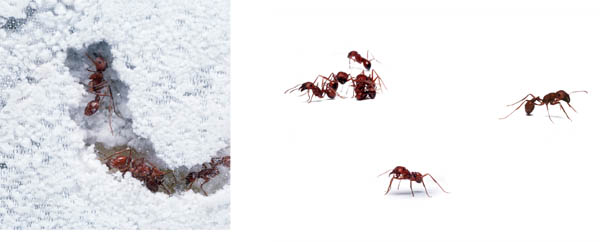
The images you see in this book are the product of a journey of discovery and of learning how to connect with the soul and essence of all creatures. In animals, as in humans, the eye connects the creature to the outside world and centers our focus to see deeper into the heart and very nature of the creature. The goal of these images is to intensify the viewer’s connection to the animals and inspire new perspectives on the familiar and immediate linkage to creatures we have never seen before. Like all journeys, early life experiences and chance occurrences along the way shape the evolution of one’s approach to art.
Some of my earliest recollections of my Maryland suburban childhood involve Sunday family outings to the museums in Washington D.C. My parents confirm that it was inexpensive family bonding time to put me, the youngest of four siblings, in a stroller and expose my brother, sisters, and me to the wonders of the Smithsonian collections. Although I was probably too short at the time to appreciate the art on the walls, I was amazed at the life-size diorama installations of taxidermy animals in their natural settings.
A couple of summers after I moved to New York to attend art school, I found myself living in the un-air-conditioned top floor of a house on 78th Street and Columbus Avenue, which I occupied for only a few hours a day because I was both assisting a fashion photographer and working as a barista. When I lost my day job and found the heat of the apartment unbearable, I sought refuge in the Museum of Natural History; it was up the street and air-conditioned, and it rekindled my childhood fascination with those life-size animal exhibits.
Later that year, I visited a friend in Ecuador and took a side trip to the Galapagos Islands where I photographed breathtaking rare wildlife in the most serene settings. While there, my mind kept returning to those museum dioramas. At this point I was still thinking about animals and their relationship to the environment and not so much about them as individual forms.
A few years later I was at Orient Point on Long Island in the bitterest cold of February. During a walk, I happened upon a dead bird that was laid out in the most stunning composition on the pristine snow. I went back to the house, got my view camera, and made a photograph that would change how I wanted to capture wildlife for the next few years.

This was followed by a number of pictures of bones also shot on white.
At this point I was still blindly making pictures of what interested me. I was no longer assisting and had my own struggling studio that I was keeping alive through editorial and the not-so-frequent advertising jobs. When my interest in the bones faded, I bought an ant farm to make images of the ants working.

I realized quickly that what interested me most was not the farm but the ants themselves. I threw out the farm and shot the ants against white, as a group and individually.

I realized then that when a subject is stripped from its context, its behavior, rather than its purpose, is all that remains. The vacant background would be my new canvas for any creature that I could get into the studio.
The resulting portraits explore not just the forms, textures, and movements of creatures, but more importantly, their characters. These images are an attempt to reveal an underlying consciousness that all living things share.
Over the five years of shooting this project, many changes—both technical and conceptual—occurred. My technical ability to preserve increasingly miniscule slivers of time expanded through a series of experimental pictures I made of a variety of liquids, each suspended in a balloon and shot with a bullet. The sound of the explosion triggered the exposure (through a custom built delay system connecting the lights to the microphone). The results fascinated me and drew me more into the concept of hyper-frozen moments and their meditative and aesthetic properties. The two projects were worked on simultaneously and, in hindsight, very much informed each other.
When I began to make these photographs, I borrowed some of these techniques. By distilling a frame down to its crucial elements, I can reject superfluous information that draws my eye away from its essence. By both removing all sense of context and capturing the most infinitesimal movement, I hope to not only preserve a moment in time, but to completely eliminate the idea of time. When time does not exist, there is no room to speculate about what the creature will do next. I wanted these images to feel like the taxidermy I was so drawn to in the natural history museums: stoic, frozen, and engaged in singular thought.
Andrew Zuckerman